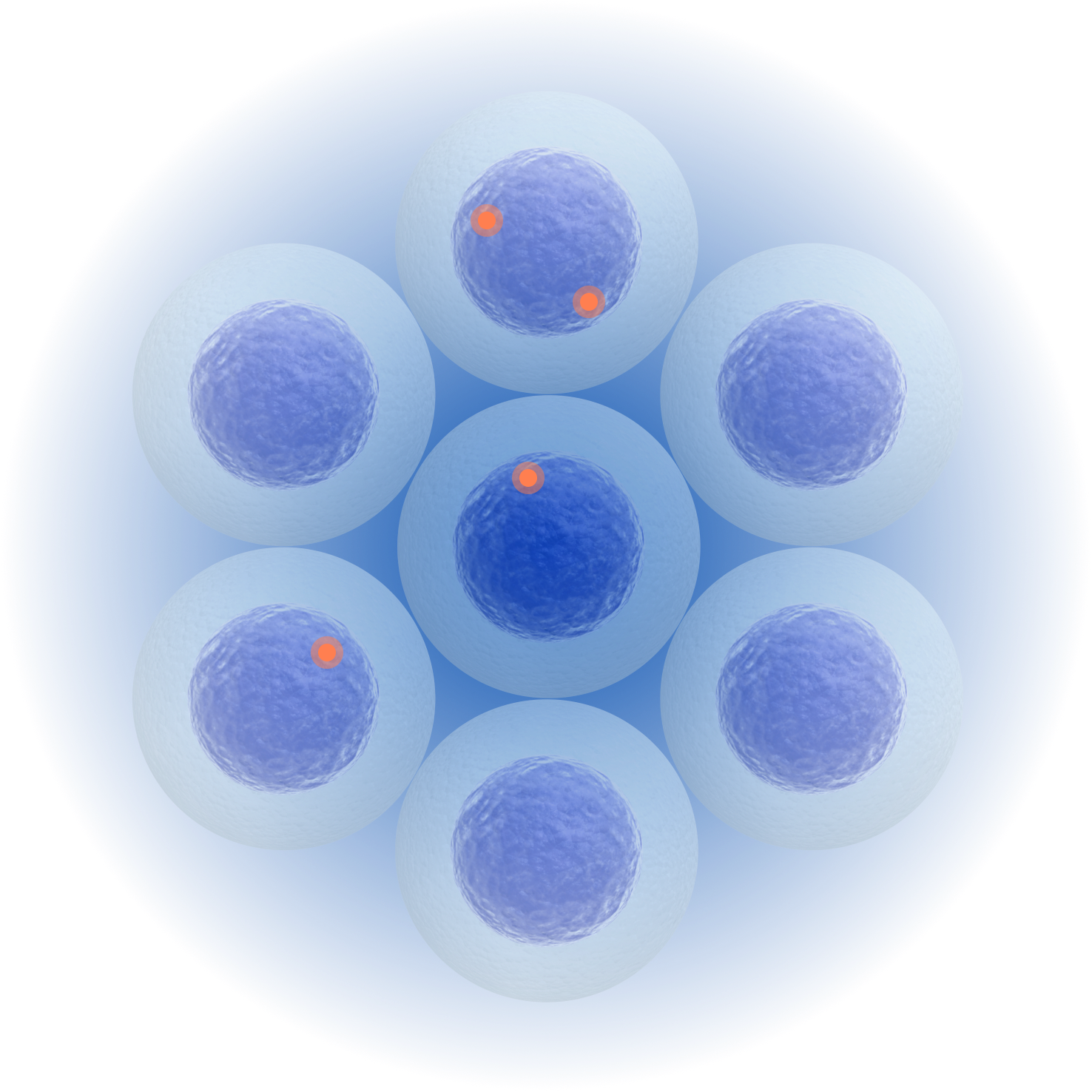Advancing aging research with precision genomics
BreakSight® provides cutting-edge tools to map and sequence DNA double-strand breaks, shedding light on the genomic instability that drives aging and age-related diseases.
Why BreakSight?
Pinpoint where and why breaks occur during the aging process
Genomic instability lies at the root of multiple age-related diseases: in neurons (neurodegeneration), vascular cells (atherosclerosis, stiffness), immune cells (immunosenescence), and proliferative tissues (cancer). The cumulative burden of DNA lesions, mutations, and misrepair underlies much of age-associated decline.
With DNA damage being a central driver of aging and age-related disease, integrating BreakSight’s genome-wide break-mapping capabilities into research workflows can move the field from measuring aggregate damage to pinpointing where and why breaks occur — accelerating discovery of biomarkers, mechanisms, and interventions that promote healthy longevity.
![]()
Release the full potential of the genome to advance age-related disease research and improve patient outcomes.






